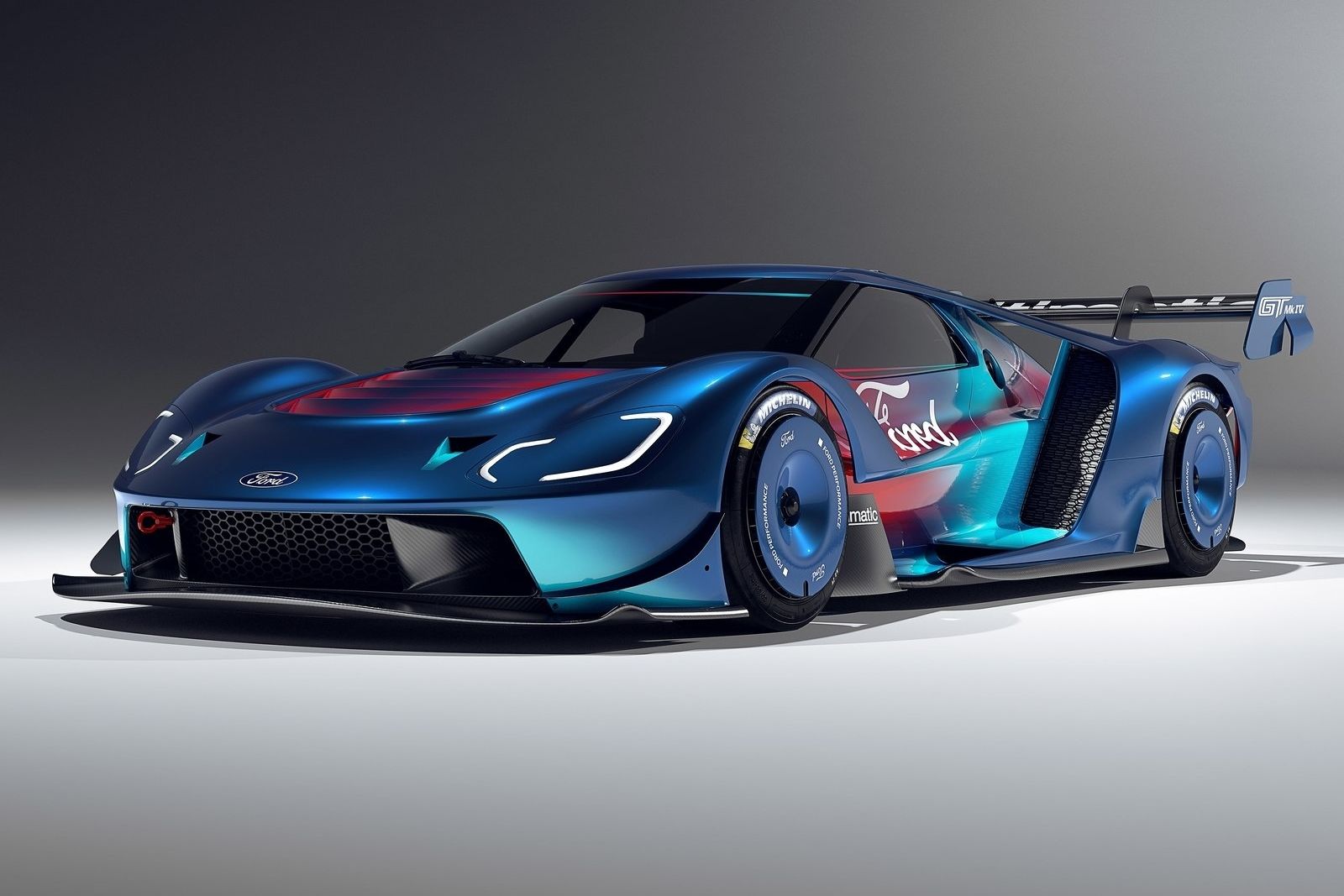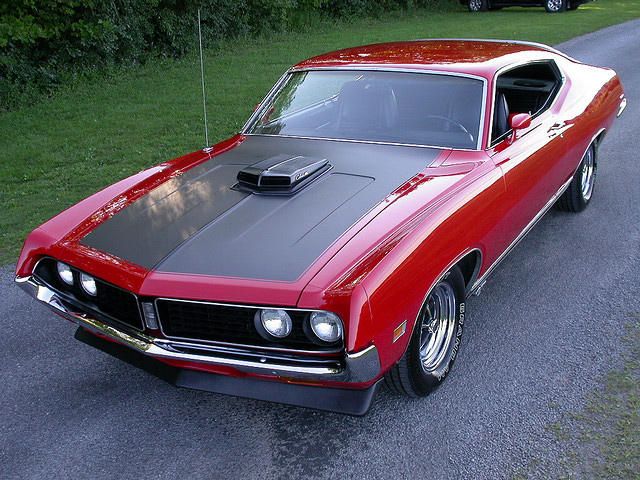Ford had done such a fantastic job both inventing the pony car niche and leading it in sales that their contemporary muscle car is quite often forgotten. This is funny because the Torino GT was one of the best-selling muscle cars of its time, designed as it was to be the perfect competitor to the Chevelle SS. Ford didn't seem to have too many worries by the Chevelle SS at first, since they were selling Mustangs as fast as they could build them, but when Chevy rolled out the Camaro in '67, Ford decided to step up with the Torino GT in '68.
In much the same way that the Chevy Chevelle/Malibu lineup is a large but somewhat confusing selection of cars with the SS muscle car as perhaps the only clearly distinct model, the Ford Torino and Fairlane models have their nameplates muddled together over a period of several years. But the GT is thankfully pretty straightforward, and also a very cool muscle car. The Torino was introduced in 1968 as an offshoot of the Fairlane intermediate line of cars. It is named after the Italian city of Turin, which is considered (and I mean this in the nicest way possible) to be the Detroit of Italy, as it is the main automobile-producing city in the country.
Because of its relation to the Fairline model line, it could be said that the story of the Torino GT actually dates back to 1964. Drag racing was becoming increasingly popular at the time, and Ford wanted a factory offering which could hold its own on the strip. The car they built was based on the two-door Fairlane and was known as the Fairlane Thunderbolt. This was built to comply with NHRA Super Stock regulations, and was one of the fastest and most successful factory drag cars at the time. The engine was Ford's 427cu-in V8, tuned to produce 657hp. The car was stripped down and lightweight fiberglass body components replaced heavier steel originals.
The car ended up being so light that it had to be run with a full tank of gas in order to meet the Super Stock minimum weight requirement. Ford took a big loss on every Thunderbolt they sold (although the total wasn't much more than 100 units), so when the NHRA raised homologation requirements to 500 units, Ford gave up on the car. The Torino GT debuted with the sixth generation of the Fairlane, and once again brought the model back into motorsports. This time NASCAR was the venue, and like the cars it was racing against, the Torino had a homologated racing version, known as the Torino Talladega, introduced in 1969.
The GT, being a muscle car, was available only with a V8, with Ford's 302cu-in plant as standard. A 390 was also offered, and the range topped out with Ford's 428 Cobra Jet V8. The big engine was rated at 335 horsepower, but this was the result of the then-common practice of under-rating big engines, and the real horsepower figure was closer to 410. The Cobra trim level, introduced in 1969, was offered as a competitor to the heavier-hitting muscle cars like the Plymouth Road Runner and was available only with the 390 or 428 engines. Naturally, the Torino Talladega was available only with the 428.
For the 1970 model year, the Torino and Fairlane names switched roles, with the model itself now called Torino and the Fairlane becoming a trim level. This was all fairly confusing, but luckily not something we need to go into any great detail about here. More importantly for our purposes, this year also saw the introduction of the 429cu-in V8, which became the standard engine for the Cobra, and was available in three states of tune. The highest tune level was the 429 Super Cobra Jet, this was again underrated at 375 horsepower, with actual horsepower figures running somewhere between 440 and 460.
This was available with the "Drag Pack" performance package which Ford offered as a new way to keep the car competitive on the drag strip. The Torino also sported redesigned sheet metal for 1970, complete with a more muscular look. The Torino remained largely the same in 1971, but underwent a major redesign in 1972, which also saw the introduction of the Gran Torino. Sales at this point had already been slipping, but Ford was now selling a fraction of the number of GT models as they had a few years earlier. The '71 models are the last to be worth serious money, although the '72 Gran Torino Sport has recently seen a slight bump in value thanks to Clint Eastwood.
The car's decline was basically inevitable, as it was the fate which befell all muscle cars. The real shame of the Torino is that it hasn't been more appreciated, but that too is to be expected of the car which lives in the shadow of the Mustang.


